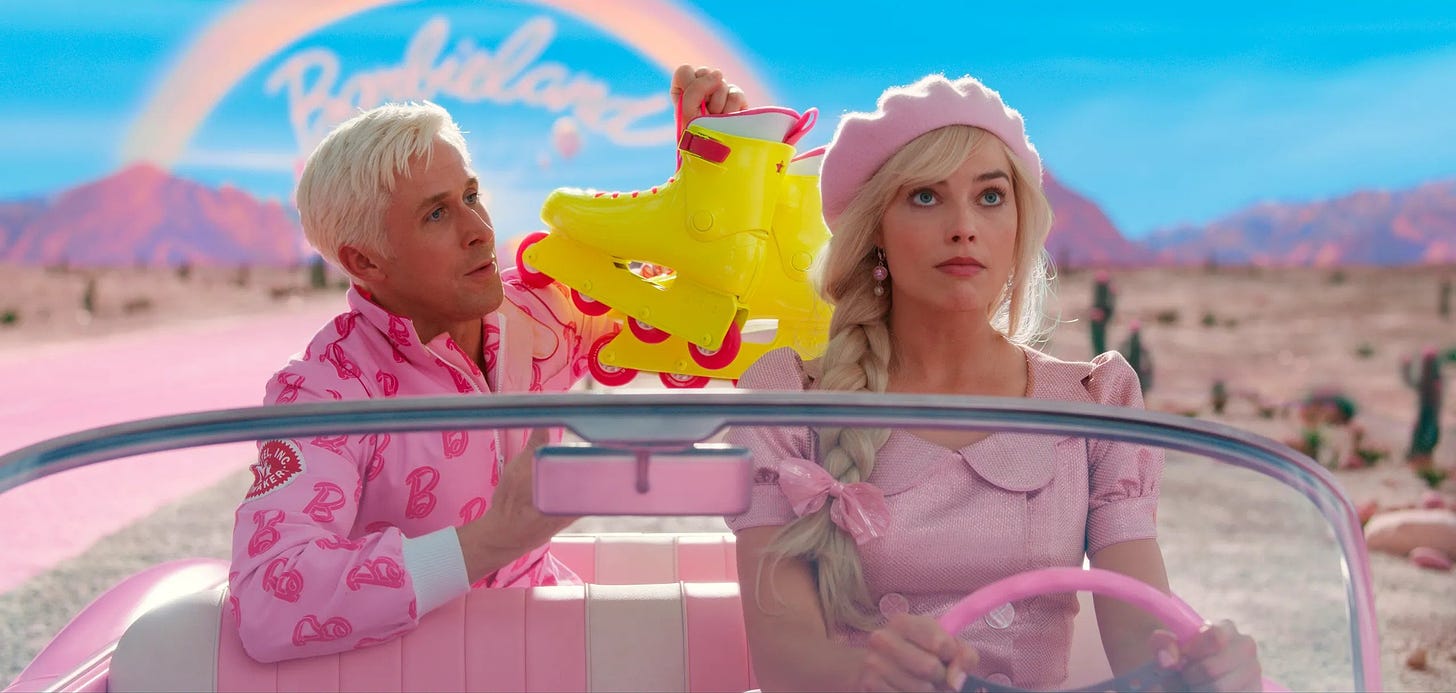Barbie's Beauty Standards
Even plastic, hyper-processed, sterile "humans" are haunted by duality
The Barbie movie, which releases on July 21, isn’t a kids’ film. It’s overtly aimed at over-13s and tackles adult themes: corporate greed, body image, fear of mortality. According to director Greta Gerwig, it’s also a feminist story. Barbie is expelled from Barbie World after finding she’s falling short of that world’s artificial beauty standards, firs…



